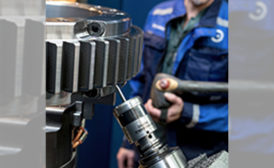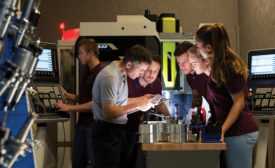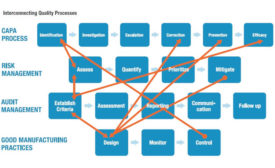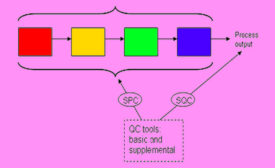Articles by Darryl Seland
Get to know the equipment that drives manufacturing inspection.
Read More
Why Adopt Risk-Based Thinking?
Automated risk management tools can help manufacturers incorporate risk-based thinking into their processes.
June 3, 2021
Scaling data collection systems to growing operations
Today’s automated data collection systems can help companies boost efficiency, even as their requirements change.
May 6, 2021
The ins and outs of document control
Learn the difference between document control, management, systems and software.
May 6, 2021
From the Editor | Darryl Seland
Truth or Fallacy
Depends on how you look at it.
April 8, 2021
New Data Collection Fundamentals Keep Pace With Industry 4.0
New to wireless data collection? Here’s some helpful terminology to get you in the know.
April 8, 2021
Three security features that should come standard in your SPC software
Genealogy, traceability and access logs are just some of the necessary factors that can keep your SPC software under proper lock and key.
April 7, 2021
Stay in the know with Quality’s comprehensive coverage of
the manufacturing and metrology industries.
eNewsletter | Website | eMagazine
JOIN TODAY!Copyright ©2024. All Rights Reserved BNP Media.
Design, CMS, Hosting & Web Development :: ePublishing









